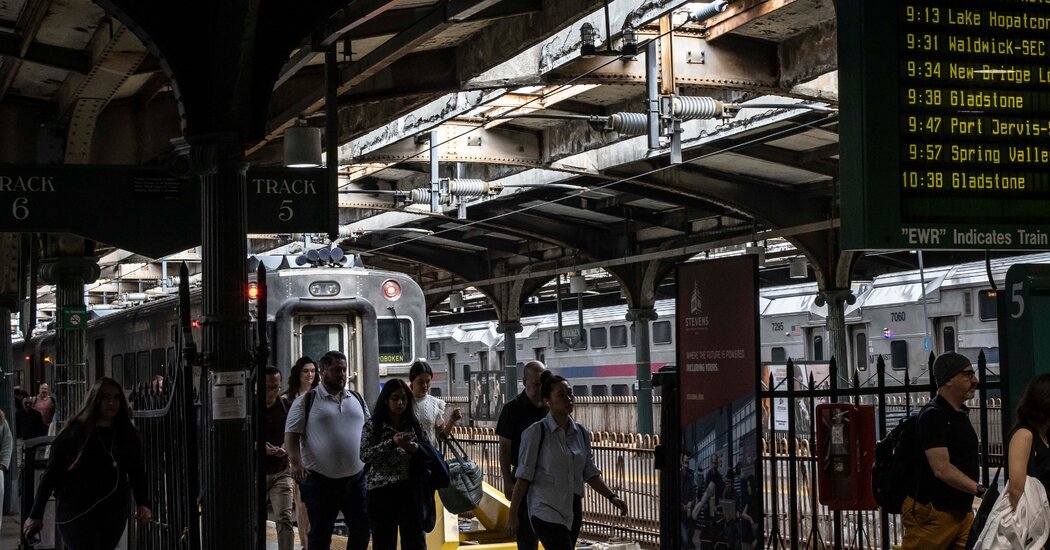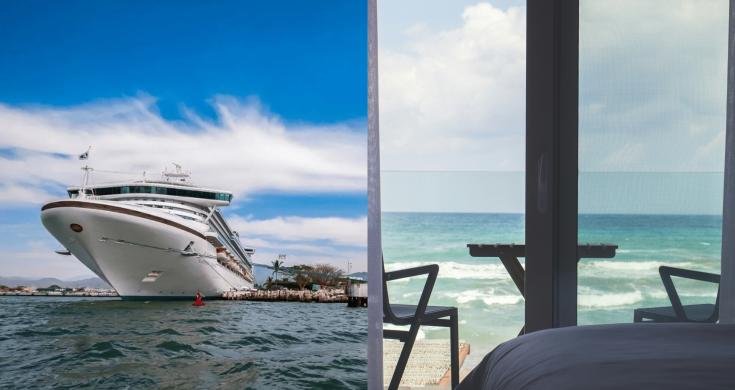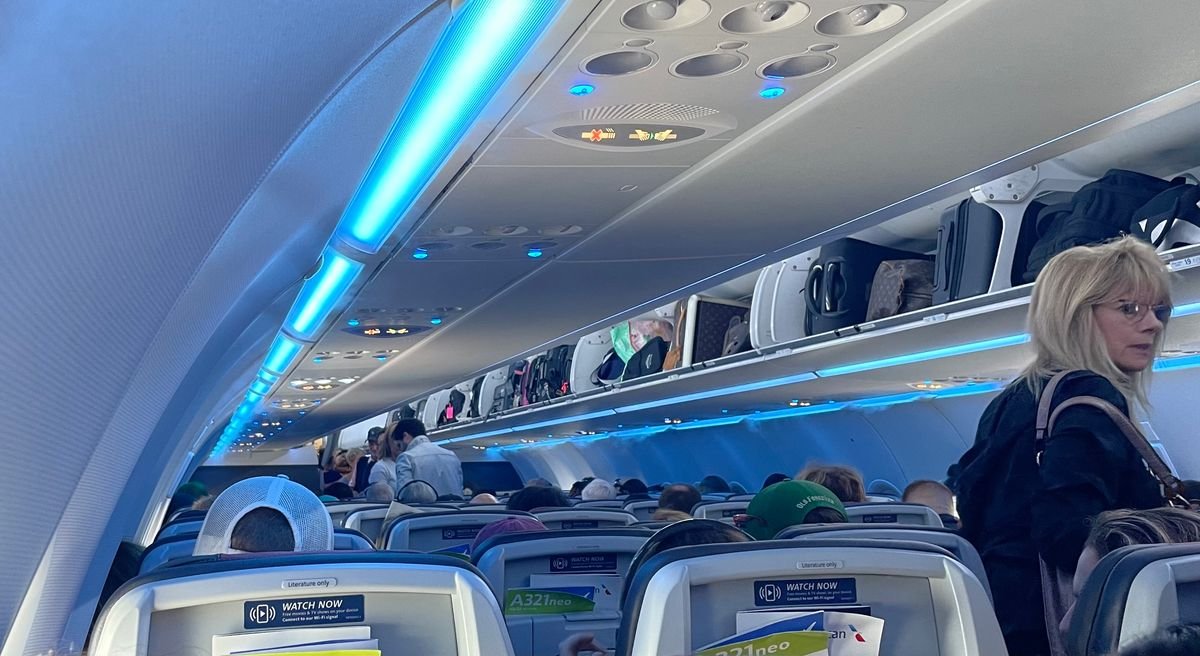Amid a torrent of criticism about the recent spate of chaotic commutes, officials of Amtrak and New Jersey Transit laid out a plan on Thursday to identify and fix the problems plaguing their operations.
The two railroads, which share the tracks of Amtrak’s Northeast Corridor from Pennsylvania Station in Manhattan to Trenton, N.J., pledged to scrutinize their infrastructure and equipment to investigate why they have performed so poorly in the last several weeks. The detailed plan came on the heels of an impromptu meeting on Thursday called by New Jersey’s governor, Philip D. Murphy.
Mr. Murphy, a Democrat who promised to fix New Jersey Transit’s operations if it killed him, said the series of disruptions had been “unacceptable.” Kevin Corbett, the chief executive of the transit agency, and Amtrak’s chairman, Tony Coscia, agreed.
“Our absolute commitment is to get stuff fixed,” Mr. Murphy said at the round-table meeting, held at his office in Newark.
The officials have not yet reached consensus on what is causing all the delays and suspensions of service to and from Penn Station in Manhattan, the nation’s busiest transit hub.
Most of the breakdowns have occurred in the most heavily traveled segment of the Northeast corridor, between New York and Newark. Some have clearly been caused by failures of Amtrak’s antiquated infrastructure. But others have involved New Jersey Transit trains’ getting caught up in the overhead electrical wires that provide power to them.
The two railroads had what Mr. Murphy called a “dysfunctional relationship” and a history of pointing fingers at each other. But they are now vowing to share the blame and root out their shortcomings in a cooperative spirit.
Their joint investigation will include checking the overhead wires more frequently and inspecting the mechanical arms that extend from the roofs of trains to contact those wires. They said New Jersey Transit would install high-resolution cameras to inspect those arms, known as pantographs, on its trains.
At the meeting, Mr. Coscia said that commuters and travelers should expect the railroads to be reliable. “We will fix these problems” and get to “a place where operations are much better than they have been,” Mr. Coscia said.
The summit came a month after Mr. Murphy sent an angry letter to Mr. Coscia and two days after New Jersey’s congressional delegation wrote to Pete Buttigieg, the transportation secretary, calling for an investigation into the recent breakdowns. The letter said the disruptions were “seriously undermining the quality of life for New Jerseyans and their families.”
One of those Congress members, Representative Frank Pallone Jr., a Democrat, has called on Amtrak to replace all the overhead electrical wires and signals along the corridor between New Brunswick and Penn Station.
Representative Mikie Sherrill, another Democrat from New Jersey, called on Thursday for New Jersey Transit to “pause and re-evaluate” a 15 percent fare increase that is scheduled to take effect July 1. Mr. Murphy, who controls the agency’s board of directors, said at the meeting that he would leave that decision to the board.
The train commute along the Northeast Corridor is a major political issue in the state because New Jersey Transit carries tens of thousands of daily commuters in and out of New York City. The agency runs many more trains along the tracks than Amtrak does, so any disruption of service there affects more of its customers, especially during rush hours.
On Monday evening, service was briefly suspended while Amtrak workers inspected the power lines in a tunnel under the East River in New York City. A New Jersey Transit train crew had reported that the lines were sparking, causing fears that they had been damaged.
The cause turned out to be chunks of concrete breaking loose from the ceiling of the tunnel, Mr. Corbett said. Service was restored but not before many commuters had their trips home disrupted.
That suspension came on the heels of other major rush-hour delays at Penn Station in the past month. Last Thursday, one of the hottest days of this year, an afternoon power failure left thousands of commuters stuck at Penn Station and on trains that had no air-conditioning. Last Friday morning, a disabled train caused delays of as much as an hour in and out of Penn Station.
Earlier that week, New Jersey Transit service into and out of Penn Station was suspended for about an hour and all Amtrak trains passing through the station were delayed because of overhead wire issues and a disabled commuter train on the tracks, train officials said.




























